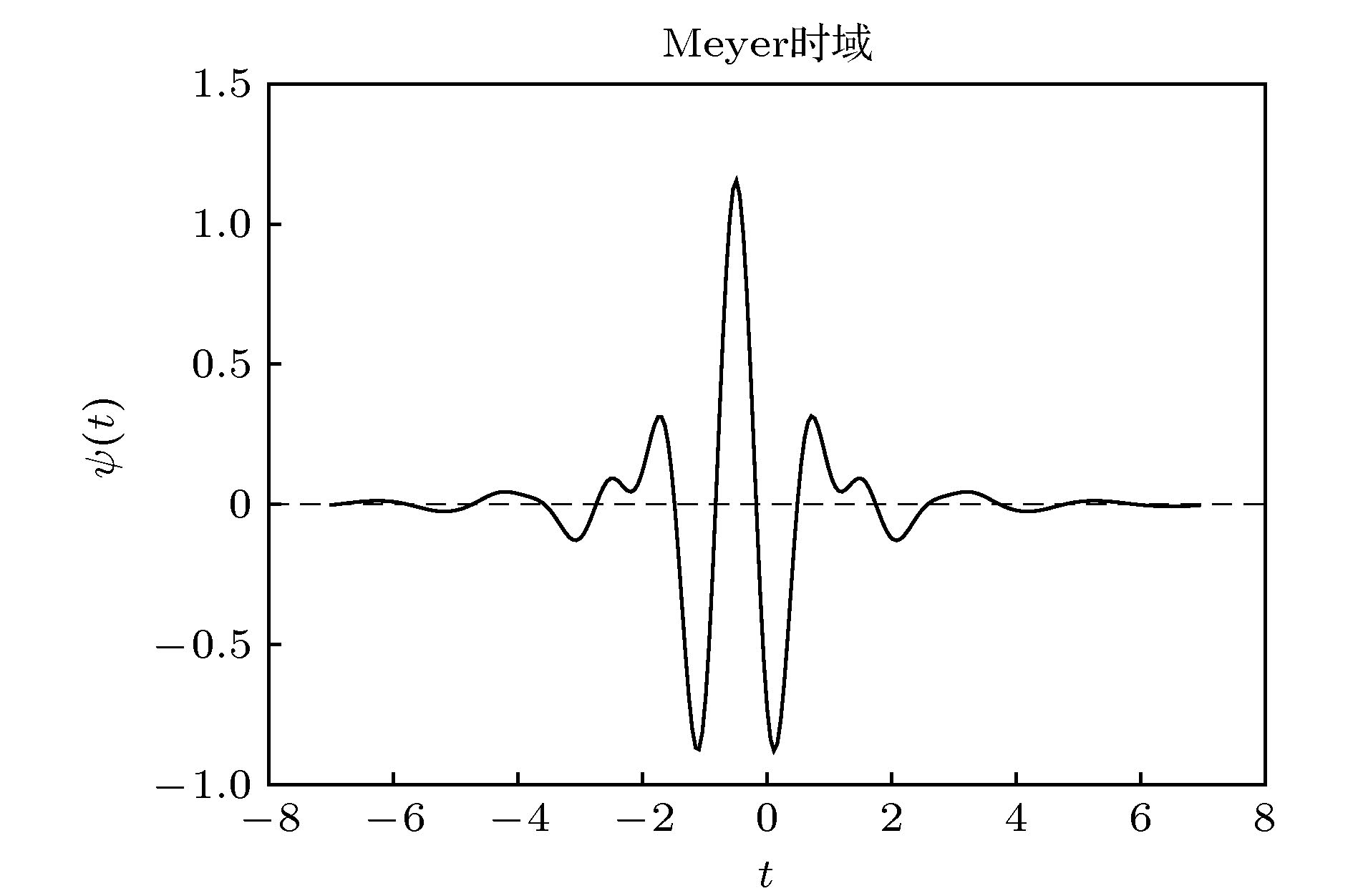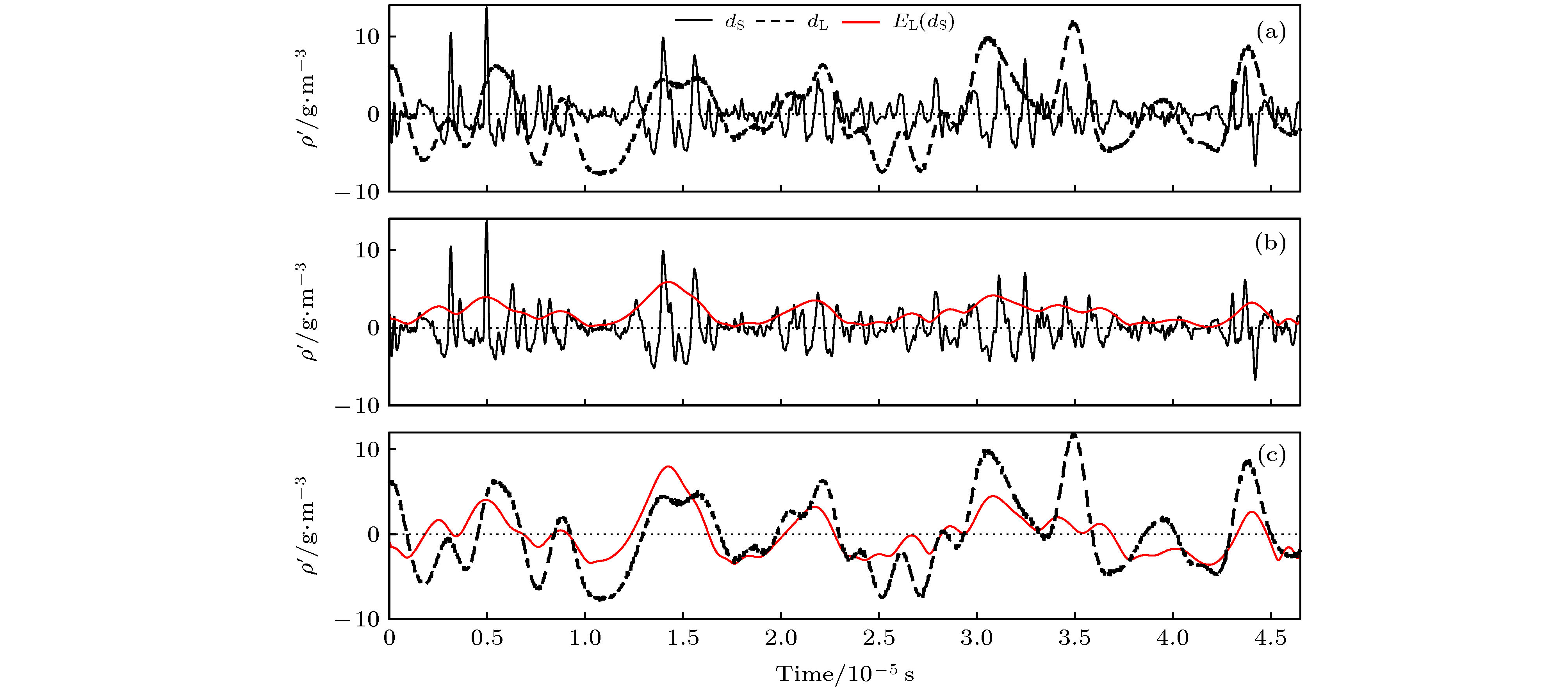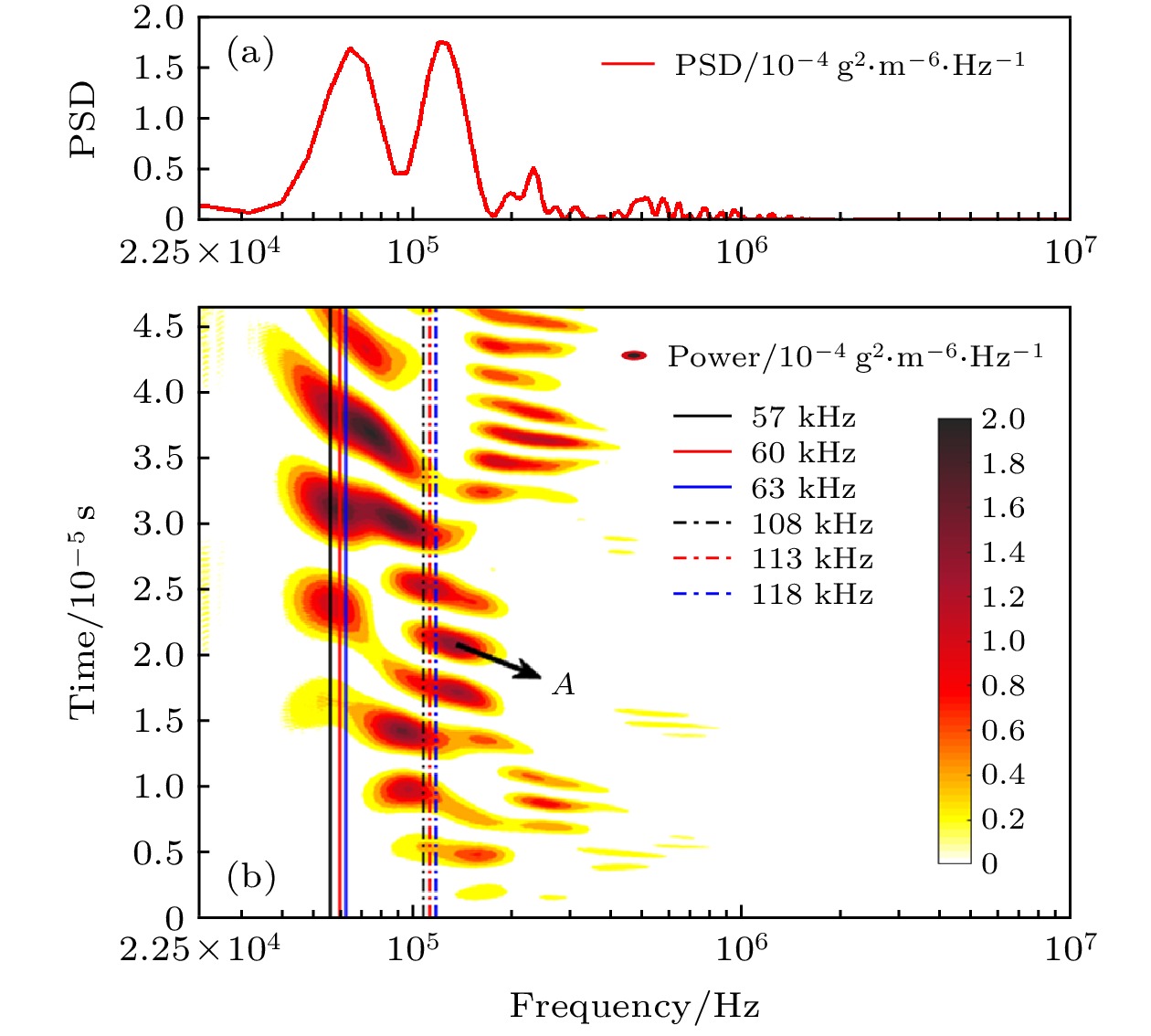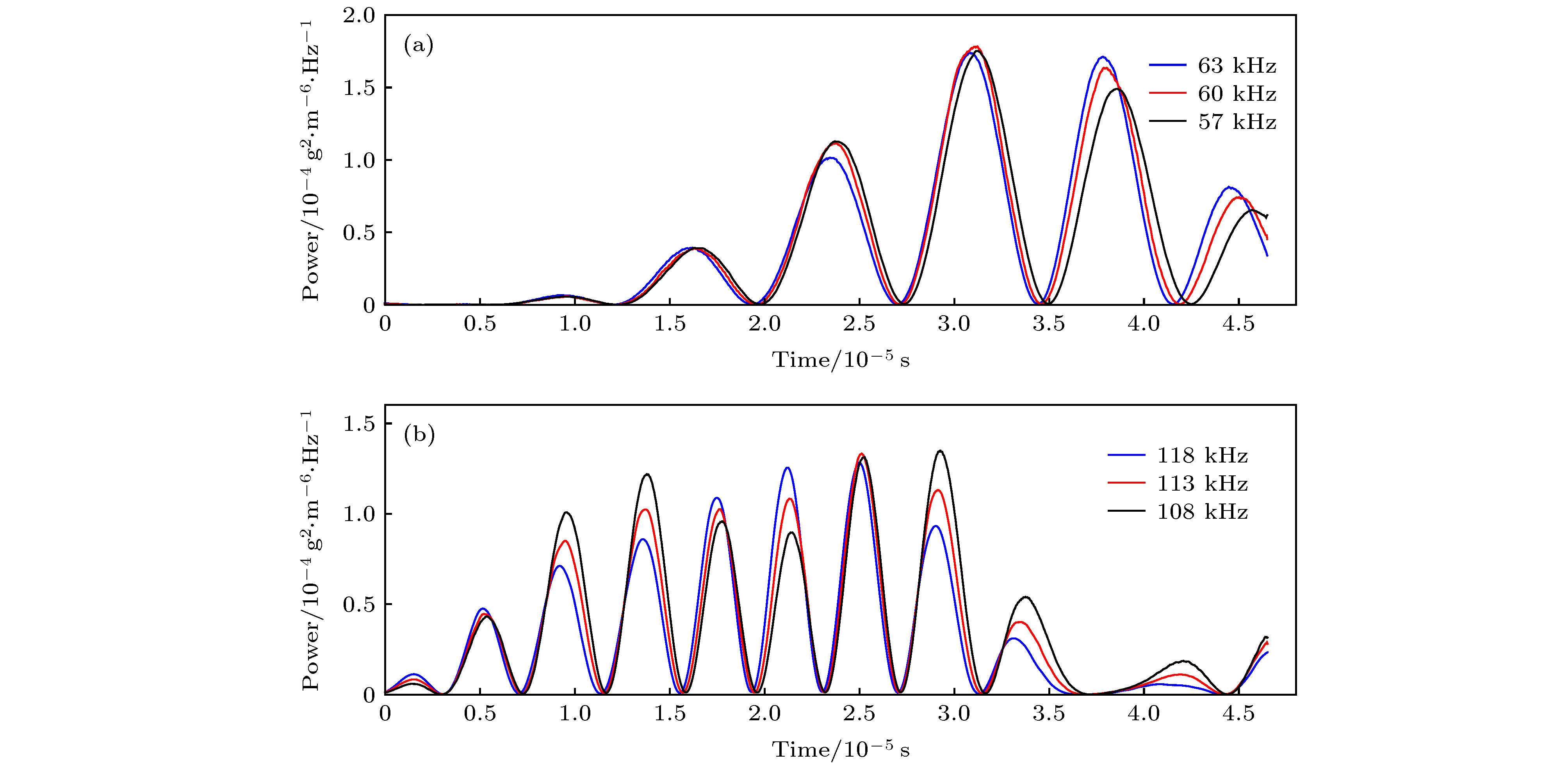In order to obtain the time-varying information and dynamic characteristics of density fluctuation in compressible turbulence, the wavelet method is used to analyze the flow density field of zero-pressure-gradient flat plate turbulent boundary layer at
Ma= 3.0, which is measured based on Nano-tracer plane laser scattering technique. Utilizing Taylor’s frozen hypothesis, the spatial signal of density field converts into the temporal signal. The one-dimensional orthogonal wavelet multi-resolution analysis is used to reveal multi-scale turbulent structures, and the results suggest that large-scale structures play a leading role in the density fluctuation of turbulent boundary layer while the small-scale structures make the probability density function (PDF) of density fluctuation manifested as an “M” distribution. The density fluctuation scalar PDF deviates from Gaussian distribution. The Hilbert transformation is used to analyze amplitude modulation effects between large- and small-scale structure, and the results suggest that positive (negative) large scale density excursion in the outer layer induces local enhancement (suppression) of the small scale density fluctuation in the inner layer near the wall. The time-varying spectral density estimation method based on the wavelet transform is used to analyze the density fluctuation at different heights of turbulent boundary layer after proving its viability in time and frequency domain. The results suggest a wide range of frequencies throughout the turbulent boundary layer, mainly distributed within 1 MHz. The density fluctuation in the dominant frequency band is intermittent, most of which transits from high frequency to low frequency while the spectral density first increases and then decreases. Near the wall, the time-frequency distributions of density fluctuation in the logarithmic layer are similar. In the middle part of the turbulent boundary layer, the frequency distribution and spectral density of the density fluctuation each reach a peak. Near the mainstream region, the spectral density decreases obviously, which is mainly distributed near the structure formed by the interaction between the boundary layer and mainstream. The wall constraint, viscous dissipation, and uniform mainstream make the fluctuation nearby the region relatively weak. As a result, the spectrum amplitude of density fluctuation first increases and then decreases from the wall to the mainstream.














 DownLoad:
DownLoad:








